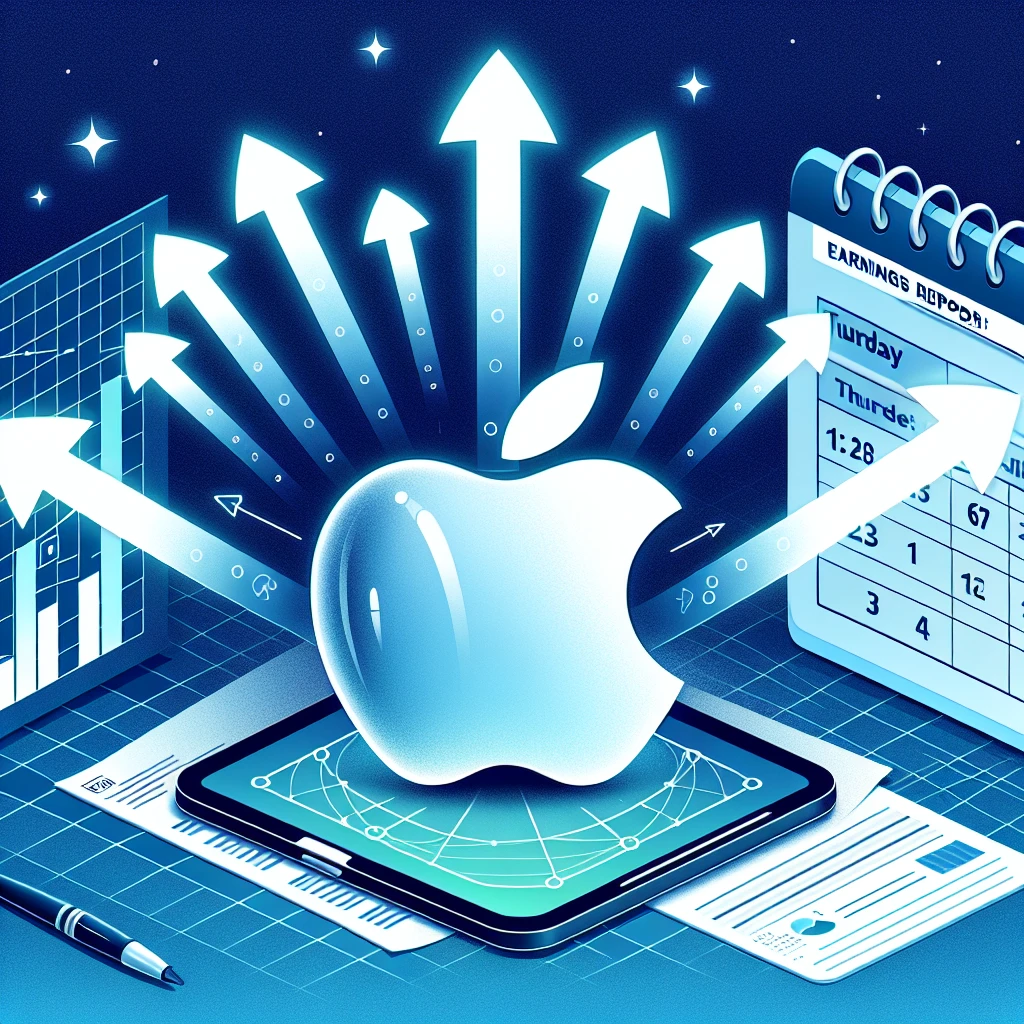Health
Progress in Neuroimaging for Detecting Dementia & Parkinson's
By Alberta Herman
May 25, 2024

Neuroimaging technologies have revolutionized the way doctors understand and treat brain disorders like dementia and Parkinson's disease. These tools allow for detailed views of the brain's structure and function, providing insights that were unimaginable just a few decades ago.
With advancements in neuroimaging, doctors can diagnose these conditions more accurately and earlier, potentially leading to better outcomes for patients. The evolution of this field has been marked by significant technological developments that have enhanced our understanding of the human brain.
Traditionally, neuroimaging involved techniques like computed tomography (CT) scans and magnetic resonance imaging (MRI). While these are still widely used and provide valuable information about the brain's structure, newer technologies offer deeper insights into how the brain functions and changes over time.
Positron Emission Tomography (PET), for example, is highly effective in researching dementia and Parkinson's disease. This technique uses radioactive substances known as tracers that are injected into the bloodstream. They travel to the brain, where they emit positrons, which are detected by scanners to create detailed images. For Alzheimer's disease specifically, PET scans can detect amyloid plaques, a hallmark of this condition, long before symptoms appear.
Similarly, with Parkinson’s disease, PET scans help identify abnormal dopamine activity, which is crucial for an accurate diagnosis. Functional MRI (fMRI), on the other hand, looks at blood flow in different parts of the brain to detect areas of activity, especially useful in diseases such as dementia or Parkinson’s where certain regions communicate differently than others.
Another advanced tool is diffusion tensor imaging (DTI), an MRI-based neuroimaging method that helps map out white matter tracts inside our brains—structures often affected by conditions such as Parkinson’s. By observing these tracts, doctors can learn more about their effects on motor and cognitive functions.
Single-photon emission computed tomography (SPECT) involves injecting a radioactive tracer into the bloodstream, but instead, using gamma rays provides different information. It is particularly useful for assessing blood flow in dementia and can show how blood flow changes as the disease progresses.
Magnetoencephalography (MEG) measures magnetic fields produced by neural activity, providing extremely precise timing information and detecting abnormalities in how brain waves move, which helps assess cognitive functions in Alzheimer's patients.
These advanced neuroimaging technologies offer several key benefits: they provide a non-invasive way to study the brain; they allow doctors to see changes that occur over time, helping them understand how these diseases progress; they aid in diagnosing conditions early, which may lead to better treatment outcomes.
Despite these advances, there are challenges. Neuroimaging can be expensive and not always accessible. There is also a need for ongoing research to interpret complex imaging results accurately.
As research continues, the future of neuroimaging looks promising. With every technological advance, doctors are getting better equipped to understand complex diseases, leading to more effective treatments and improved patient care.
The hope is that these advances will not only help manage symptoms but eventually slow or even stop the progression of debilitating conditions like dementia and Parkinson's disease.
If you care about dementia, please read studies about vitamin B9 deficiency linked to higher dementia risk. Flavonoid-rich foods could prevent it. For more information on brain health, recent studies suggest cranberries could boost memory, alcohol, coffee, and tea intake influence cognitive decline.
LATEST ARTICLES IN Health
Vegetarian Salmon: A Health Win for People and Fish.
4 Simple Natural Methods to Hide Grey Hair at Home.
Llll"Ukraine: Eligible Diseases for Cannabis Treatment.
Choosing the Best Probiotics for Weight Loss".
Join Our Newsletter
Popular Articles
-

Mar 13, 2024
Anyone But You - A Romantic Comedy Surprise of 2023 -

Feb 01, 2024
AI Company About to Revolutionize the Medical Space? -

Jul 31, 2024
Apple Anticipates Higher Revenue in Thursday's Earnings Report -

Aug 01, 2024
Samsung Galaxy S25: Potential Big Screen and Camera Upgrades




